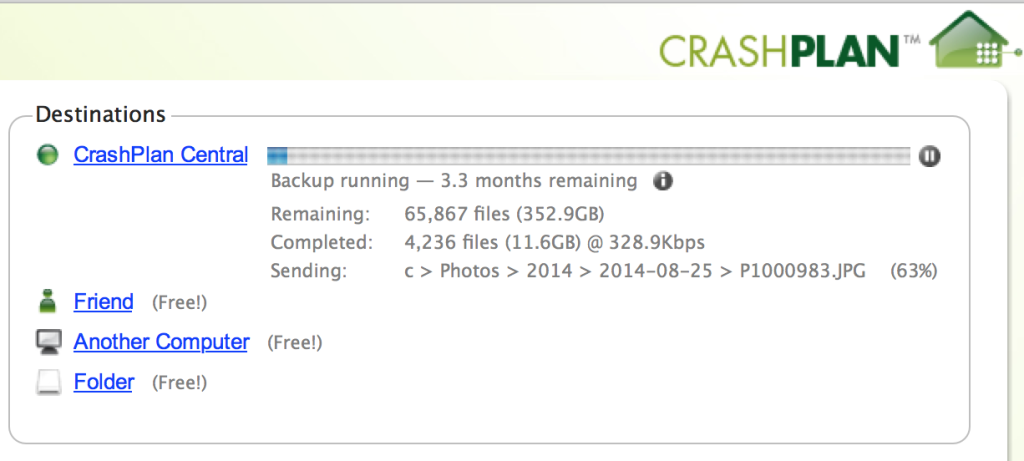Much to the chagrin of anyone that uses a web browser on my PC, with particular apologies to my girlfriend, I’ve been an enthusiastic user of Vimperator for several years. Vimperator is a Firefox extension that turns it into a keyboard-driven browser, one that behaves much like the text editor Vim. Unfortunately, Mozilla has deprecated the XUL extension API that vimperator and many legacy extensions depend on, in favour of the web extension standard pioneered by Google with Chrome.
I can understand why they made this change. Legacy extensions are a large source of pain, can pose a security risk to host systems, and make invasive, sometimes unstable changes to the behaviour of the web browser. Mozilla often took flak from users for poor performance caused by poorly-written extensions, which were sometimes installed without the users’ knowledge or consent (Skype click to call extension, I’m looking at you).
What’s more, XUL extensions are partly responsible for the slow roll-out of their multiprocess implementation, called Electrolysys.
All this probably explains why Mozilla decided to adopt Google’s extension standard, and drop XUL. Unfortunately, Vimperator, a volunteer project, looks as though it will be a casualty of this decision, and it is highly likely that it never work after the legacy extension APIs are removed in Firefox 57.
So with Vimperator effectively dead, what’s a Vim user to do? Continue reading





